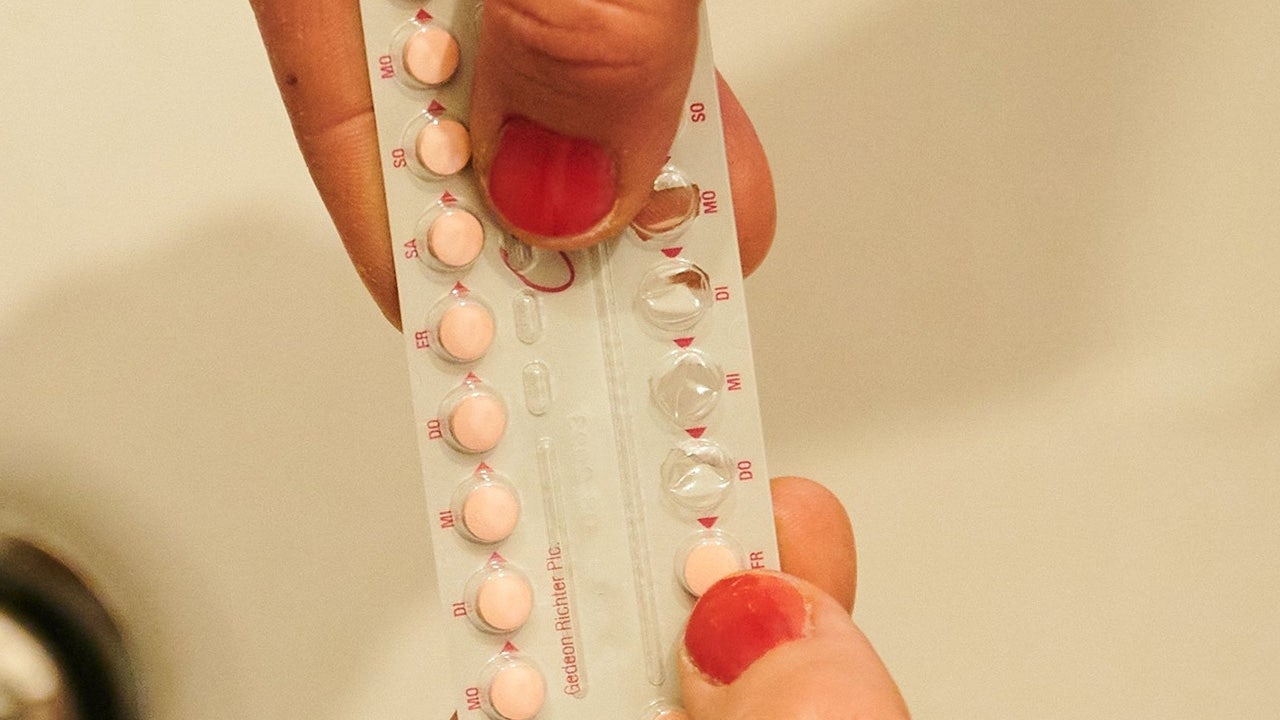Health
‘Zoom fatigue’ is a common struggle for remote workers. Here’s how to handle it, according to experts

Attending meetings in pajama bottoms might seem like a job perk, but some remote workers have found that videoconferencing for work isn’t all it’s cracked up to be.
In the years since the COVID pandemic triggered a spike in telecommuting, many have complained of so-called “Zoom fatigue.”
Thought to be coined by Stanford University professor Jeremy Bailenson, the term refers to a level of exhaustion that comes with interacting with others on camera all throughout the day.
REMOTE WORKERS RESIST MONDAY OFFICE HOURS, BUT BUILDING ‘ORGANIZATIONAL CULTURE’ IS KEY, SAYS EXECUTIVE
Dr. Kyle Elliott, a tech career coach in San Francisco, defines Zoom fatigue as “incessant tiredness or lack of energy as a result of spending a large quantity of time on Zoom.”
Additional symptoms can include physical tension (including headaches, eye strain and stiffness), moodiness, a sense of disengagement or difficulty concentrating, according to Dr. Julia Corcoran, a licensed clinical psychologist and board-certified coach, who is currently serving as the director of clinical strategy and experience at Modern Health in San Francisco.
“Zoom fatigue” refers to a level of exhaustion that comes with interacting with others on camera throughout the day. (iStock)
The challenge isn’t exclusive to Zoom; other videoconferencing platforms can have the same effect.
The pandemic’s effect
With the COVID-19 pandemic, Zoom and other videoconferencing platforms “exploded in popularity,” said Dr. Carl Nassar, PhD, a professional counselor based in Denver, Colorado.
“We all found ourselves at home looking at the people we worked with, the people we went out for drinks with and the people in our extended family on a computer screen,” he told Fox News Digital.
WORKERS FIRED ON ZOOM: HERE’S HOW TO NAVIGATE A ‘DEVASTATING’ EXPERIENCE AND COME OUT ON THE OTHER SIDE
“Our work went virtual, our social life went virtual, our doctors’ appointments went virtual, and even our intimate relationships sometimes went virtual,” he said. “And this meant a lot of time looking at each other on-screen instead of in person.”
Long after the pandemic, many of these habits have persisted.
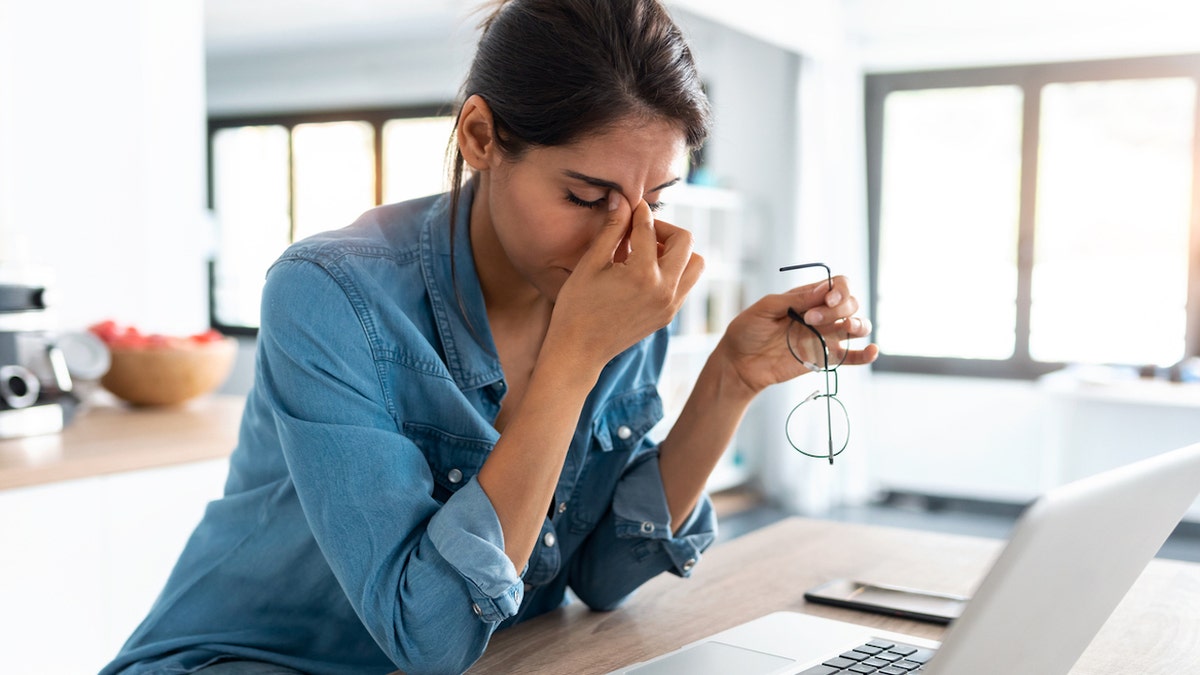
Symptoms of Zoom fatigue can include physical tension (including headaches, eye strain, and stiffness), moodiness, a sense of disengagement or difficulty concentrating, an expert said. (iStock)
“This video-ing of each other, it turns out, is far more tiring to humans than actually being together,” said Nassar.
“One reason is that our brains are wired for actual in-person interactions, not wired for interactions on the screen.”
Impacts of Zoom fatigue
While video calls can be convenient, Elliott warned that staring at a computer or phone screen for extended periods of time can result in negative mental health consequences.
“Zoom fatigue can aggravate stress, anxiety and burnout among workers,” he told Fox News Digital.
“Our brains are wired for actual in-person interactions, not wired for interactions on the screen.”
“Some people share that spending so much time interacting on screens makes it difficult to interact in real life.”
CAN YOU AVOID END-OF-THE-YEAR CAREER BURNOUT? JOB EXPERTS REVEAL SECRETS
Corcoran agreed, noting that many report feeling livelier, happier and more active during in-person meetings.
“Because video platforms artificially limit our perspective, we miss the cues we’re used to from live, in-person interactions,” she told Fox News Digital.
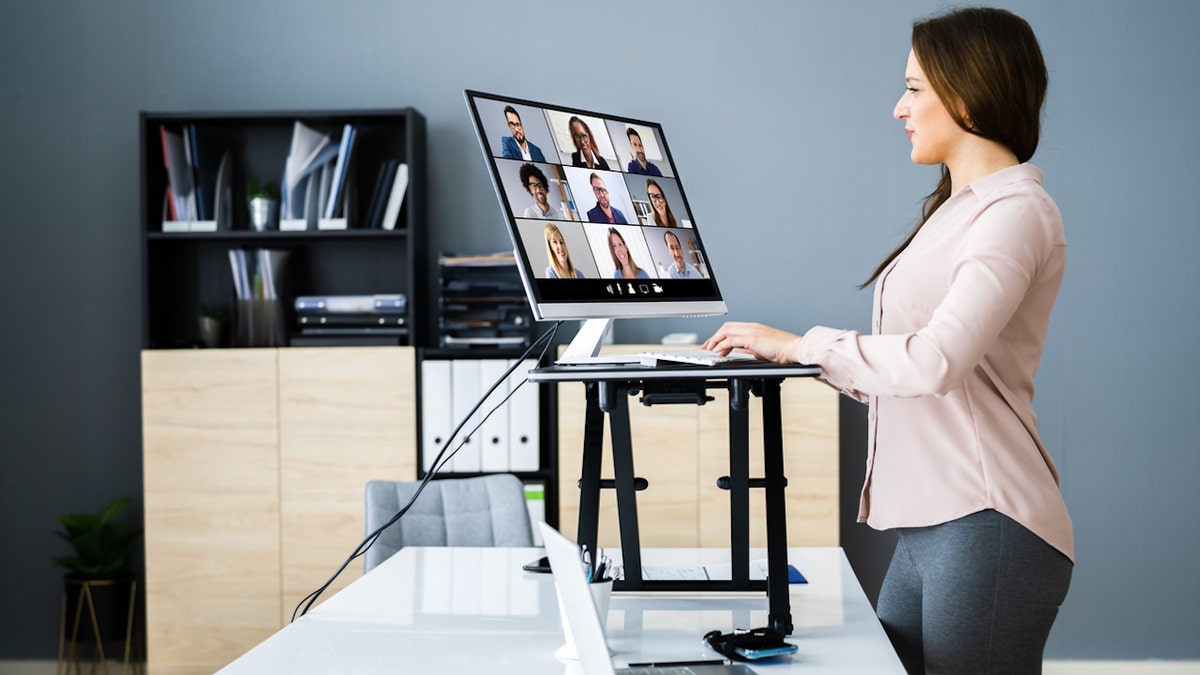
Experts recommended taking adequate breaks away from the computer throughout the day. (iStock)
“As social beings, we’re highly attuned to these cues, and it takes more work for us to look for and process them in the virtual environment, leading to the fatigue we experience.”
Even beyond the workplace, Elliott noted that people are using video in more personal contexts than ever before, such as sharing reels on social media and calling loved ones on FaceTime.
“Because video platforms artificially limit our perspective, we miss the cues we’re used to from live, in-person interactions.”
“This can further exacerbate the problem if you’re already spending a significant portion of your day on Zoom,” he said.
“All these video-based calls can quickly lead to video fatigue if you’re not mindful and take care to protect your mental health and well-being.”
Strategies that can help
Just because a meeting is scheduled on Zoom or a similar video conferencing platform doesn’t mean you need to be on video for the call, Elliott pointed out.
“When it makes sense, particularly if it’s a large meeting where your input will be less frequent or nonexistent, you might opt to turn your video off from time to reduce Zoom fatigue,” he advised.
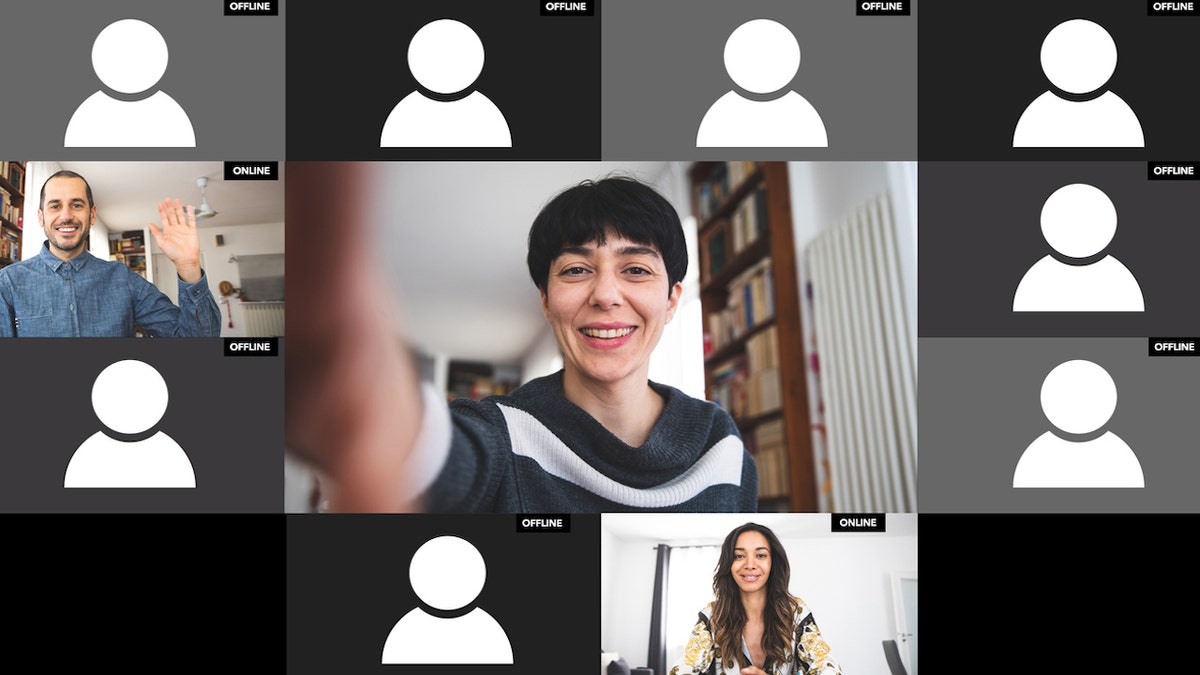
“When it makes sense, particularly if it’s a large meeting where your input will be less frequent or nonexistent, you might opt to turn your video off from time to reduce Zoom fatigue,” one expert suggested. (iStock)
The expert also recommended taking adequate breaks away from the computer, even if it’s for just a few minutes, throughout the day.
“It can be tempting, but try to avoid looking at another screen, such as your phone, during this break, since you want to avoid swapping one digital toxin for another,” Elliott said.
For those leading a video meeting, Corcoran suggested starting with a quick off-camera stretch break or mindfulness exercise to increase attention and focus.
CLICK HERE TO SIGN UP FOR OUR HEALTH NEWSLETTER
“Whenever you’re able, suggest audio-only meetings that don’t require screens so people can do things they would naturally do in an in-person setting, like move around or look out a window,” she advised.
“Walking away from our screens can reduce the urge to multitask, reduce eye fatigue and increase our capacity to move around.”
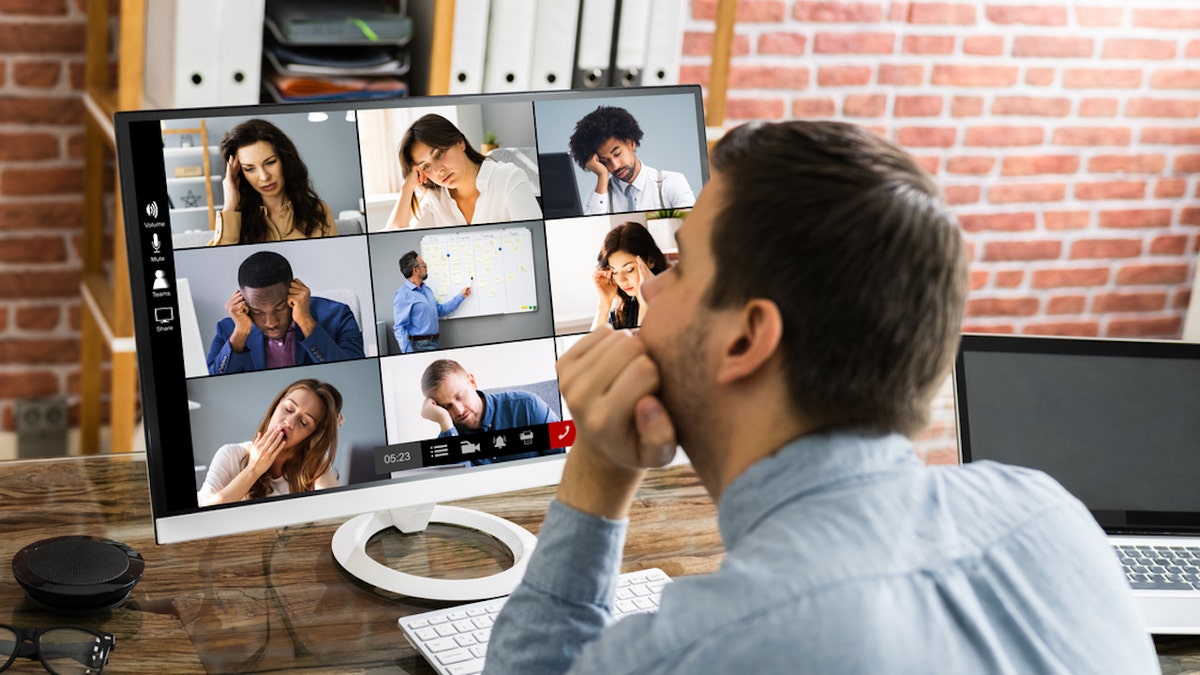
As the use of video platforms is still relatively new for many professionals, one expert noted that the long-term effects aren’t yet known. (iStock)
Turning off the self-view option can also be helpful, Corcoran said — “it can be particularly distracting and draining because we’re not used to seeing our own images so much.”
As the use of video platforms is still relatively new for many professionals, Corcoran noted that the long-term effects aren’t yet known.
“That being said, we know that constant feelings of fatigue, exhaustion and physical strain or tension do correlate with negative mental health outcomes,” she said.
“It’s important to take steps to reduce Zoom fatigue before it leads to things like chronic stress or burnout.”
For more Health articles, visit www.foxnews.com/health.

Health
What Happens If You Eat Eggs Every Day? Nutritionists Share the Benefits

Sign Up
Create a free account to access exclusive content, play games, solve puzzles, test your pop-culture knowledge and receive special offers.
Already have an account? Login
Forgot your password?
Get back to the Sign In
Use left and right arrow keys to navigate between menu items.
Use escape to exit the menu.
Health
Ask a doctor: ‘I swallowed a bug — now what should I do?'

Most people have experienced that moment of discomfort when they realize a bug has wound up where it shouldn’t be — in their windpipe.
That includes Taylor Swift, who on more than one occasion has accidentally swallowed a bug while performing on stage in front of thousands of people.
It can be a startling and somewhat disgusting occurrence — but is this dangerous, or just a nuisance?
LOCAL DENGUE FEVER CASES CONFIRMED IN FLORIDA KEYS, SPREAD BY MOSQUITO BITES
Dr. Raj Dasgupta, a quadruple board-certified physician in California, shared with Fox News Digital the true impacts of accidentally swallowing a bug, and the best thing to do if it happens.
“Swallowing a bug can often happen accidentally when you’re eating or drinking outside, or if a bug flies into your mouth,” Dasgupta, who serves as chief medical advisor for Fortune Recommends, told Fox News Digital via email.
Dr. Raj Dasgupta, a quadruple board-certified physician in California, discussed the impact of accidentally swallowing a bug — and the best thing to do if it happens. (Sleepoplis)
“It can also happen if you’re talking or laughing outdoors. Sometimes it might even happen indoors if bugs are in your food or drink and you don’t realize it.”
ASK A DOCTOR: ‘HOW CAN I PREVENT SCARRING FROM BUG BITES AND POISON IVY?’
Swallowing a bug is usually not dangerous, Dasgupta noted.
“The stomach’s digestive acids usually break down the bug, and it is passed out of the body without causing harm,” he said.

“Swallowing a bug can happen accidentally when you’re eating or drinking outside, or if a bug flies into your mouth,” the doctor told Fox News Digital. (iStock)
If the bug carries harmful bacteria or parasites, however, it could cause gastrointestinal issues or allergic reactions, according to the doctor.
The type of bug can make a difference, he said.
“Bugs like beetles or ants are less of a concern, but bugs that are known to spread diseases — such as mosquitoes — might be riskier.”
If you happen to swallow a bug, drinking some water can help wash it down, Dasgupta said.

Taylor Swift has announced the accidental swallowing of bugs, mid-concert, on more than one occasion. (Marcelo Endelli/TAS23/Getty Images for TAS Rights Management)
“If you start feeling sick, like abdominal pain, vomiting or nausea, keep an eye on your symptoms,” the doctor said.
If you have severe stomach pain, ongoing vomiting, trouble breathing, or swelling, rash or itching, Dasgupta said to see a doctor.
CLICK HERE TO SIGN UP FOR OUR HEALTH NEWSLETTER
“If you know the bug could have diseases or if you have health conditions that might complicate things, it’s a good idea to get checked out to be safe,” he added.
For more Health articles, visit www.foxnews/health
Some bugs — including grasshoppers, beetles, termites, mealworms and even stink bugs — are actually considered edible in certain countries, and are prepared and eaten as part of meals, according to WebMD’s website.
Health
“I’m a Dietitian, and Here’s Why an Overly Restrictive Diet Can Backfire”

Sign Up
Create a free account to access exclusive content, play games, solve puzzles, test your pop-culture knowledge and receive special offers.
Already have an account? Login
Forgot your password?
Get back to the Sign In
Use left and right arrow keys to navigate between menu items.
Use escape to exit the menu.
-

 World1 week ago
World1 week agoOne dead after car crashes into restaurant in Paris
-

 Midwest1 week ago
Midwest1 week agoMichigan rep posts video response to Stephen Colbert's joke about his RNC speech: 'Touché'
-

 News1 week ago
News1 week agoVideo: Young Republicans on Why Their Party Isn’t Reaching Gen Z (And What They Can Do About It)
-

 Movie Reviews1 week ago
Movie Reviews1 week agoMovie Review: A new generation drives into the storm in rousing ‘Twisters’
-

 News1 week ago
News1 week agoIn Milwaukee, Black Voters Struggle to Find a Home With Either Party
-

 Politics1 week ago
Politics1 week agoFox News Politics: The Call is Coming from Inside the House
-

 News1 week ago
News1 week agoVideo: J.D. Vance Accepts Vice-Presidential Nomination
-

 World1 week ago
World1 week agoTrump to take RNC stage for first speech since assassination attempt














